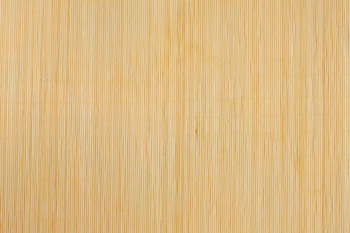So you’ve decided to install a greener, more sustainable product on the floors within your home. Good choice. Not only can it be a beautiful addition to any room in the home, the sustainability part will make it better for the environment overall.
Bamboo flooring is an excellent choice. But deciding on bamboo is only your first choice. There are actually many different grains, installation types, and color and texture types for you to choose from as well.
Grains
When it comes to the different grains of bamboo, there are three main choices: horizontal, vertical and strand woven.
Horizontal bamboo refers to the planks that are placed next to one another in a horizontal direction. They are attached this way before being pressurized and finished, randomly showcasing the knuckles, or growth rings of the stalk.
Vertical bamboo refers to the planks that are placed next to one another in a vertical direction. They are attached this way before being pressurized and finished, creating a smooth uniform look.
Strand woven bamboo refers to planks that are made from the remaining strands of the stalk trimmed away from the long bamboo fillets. They are compressed together with an adhesive before the pressurized and finishing treatments. Strand woven bamboo is twice as hard as horizontal or vertical bamboo, making it the best choice for high traffic areas of your home.
Installation Process
There are three different installation processes, each with their own benefits. Deciding on the installation process before you choose the type will help you know how much time is needed for installation, and how much material you’ll need to account for mistakes and imperfections.
Nail or glue installation is a process similar to installing hardwood flooring. Bamboo is very hard, making it nearly impossible to nail down with a standard hammer. Therefore special tools are needed, such as an electric hammer, to ensure the success of completing the job correctly. If using this method, there are special subfloor requirements for bamboo to be installed over; talk with your flooring consultant if this is a DIY project.
Bamboo can be laid with a floating system, either with a glue seam or a glueless click process. For the glue process, its best to lay out the complete floor design and go back and install in sections as the adhesive dries quickly. With the glueless click process, the planks simply click together and fall into place.
Color and Texture
When it comes to color types, bamboo has several options.
Natural bamboo contains no colorants or stains, and will have a very light, blonde color to it.
Carbonized bamboo allows the sugars in the plant to caramelize as the bamboo is boiled for a longer period of time. The caramelization process adds color to the bamboo, depending on the length of time it is boiled. Carbonized bamboo is softer than other types of bamboo.
Tiger bamboo uses both natural and carbonized strips, creating a tiger pattern.
Stained bamboo is treated with wood stain, and can come in a variety of colors and shades.
Bamboo’s surface texture comes with three options, each with their own look and feel.
Smooth bamboo flooring is created with a machine, coated with several layers of sealant. Its smooth surface makes it easy to clean and maintain.
Hand scraped gives a floor and aged, antique look. It does require more manual labor during processing, so it is more expensive than its smooth counterpart.
Hand sculpted is similar to hand scraped, but provides a less distressed look.

For all of your Denver Hardwood Flooring needs visit our site today.